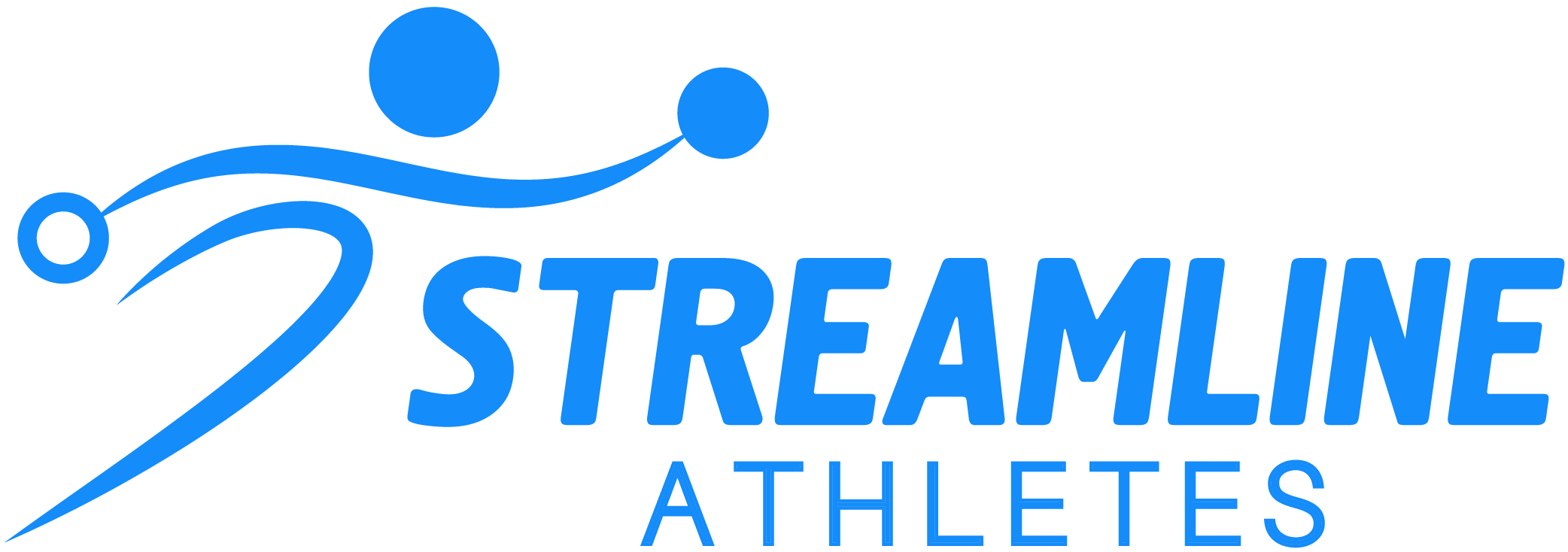What’s the difference between NCAA Division I, II and III track and field?
Searching for the right university, going through the recruitment process, and managing the pressures of high school can be overwhelming, to say the least.
Streamline Athletes helps high school track and field athletes make confident decisions about where to study and compete at the collegiate level.
With 431 NCAA Division III schools offering track and field and/or cross-country as a varsity sport, there are plenty of opportunities and a ton of range in D-III.
Like Division I and II student-athletes, Division III athletes compete on most in-season weekends, travel throughout the United States, and get to experience the privilege of being part of a collegiate varsity athletics team.
When it comes to comparing Division III to the other two NCAA Divisions, you’ll notice some Differences in four key areas: academics, scholarships, extracurricular activities, and top athletic performances.
Let’s have a closer look.
1. Comparing academic world rankings: NCAA Division III versus D-I and D-II
While one might expect Division I to have the best academic offerings, and then D-II, followed by D-III, this isn’t the case. Division I is home to plenty of top-ranking universities, but you’ll notice below that Division III is as well. In fact, among D-III’s top five, they all have world academic rankings in the top 25!

2. Scholarship opportunities in NCAA D-I, D-II, and D-III
Division III schools often give excellent academic scholarships and also offer many other types of financial aid, including grants and bursaries! It is important to note that every institution is different and just because these are the NCAA guidelines specifying scholarship limits, it doesn’t mean each school has that much funding available to offer.
Division I and Division II schools both have the ability to offer 12.6 full-ride scholarships on the men’s side. As for the women’s team, D-II schools can offer 12.6, and D-I universities can offer 18 full rides.
Division III programs do not offer athletic scholarships, but when a coach really wants a certain athlete, they will do everything in their power to find other financial opportunities given by the college.

3. Freedom for extracurricular activities in Division II
Because athletes are not attached to an athletic scholarship in D-III, there is less pressure put on the athlete. As a result, D-III coaches also have a more relaxed stance when it comes to extracurricular activities athletes want to participate in.
Student-athletes can also participate in student exchange programs more freely than in other divisions.
Nick Symmonds, 800 meter Olympian with team USA, was even part of a fraternity when he attended Willamette University.
4. Top track and field performances across the NCAA’s three divisions (2019)
Across the board, Division III track and field performances are a bit weaker than D-I and D-II performances. However, the top marks are not too far off from one another and there is a big pool of talent across all three divisions. In general, there is simply more depth and a higher overall level of competition in Divisions I and II.
Here are the top three fastest 400 meter performances from 2019 across NCAA Division I, II, and III.


2019 NCAA DI Best Outdoor Performances
2019 NCAA DII Best Outdoor Performances
2019 NCAA DIII Best Outdoor Performances
Streamline Athletes is happy to help you with your own journey towards collegiate athletics and we are the only free-to-use recruitment platform dedicated to track and field/cross country. Feel free to email us at info@streamlineathletes.com if you have any questions or head here for more info about creating an account with us!
Processing your application
There was an error sending the email, please try again

